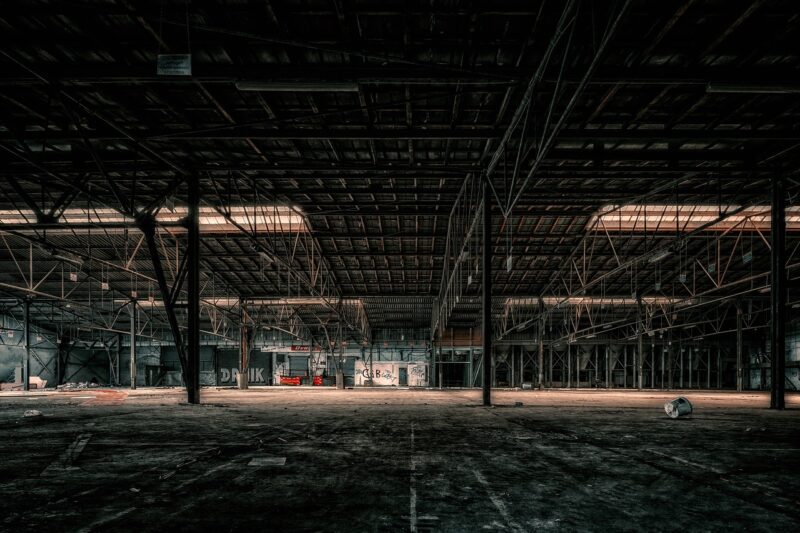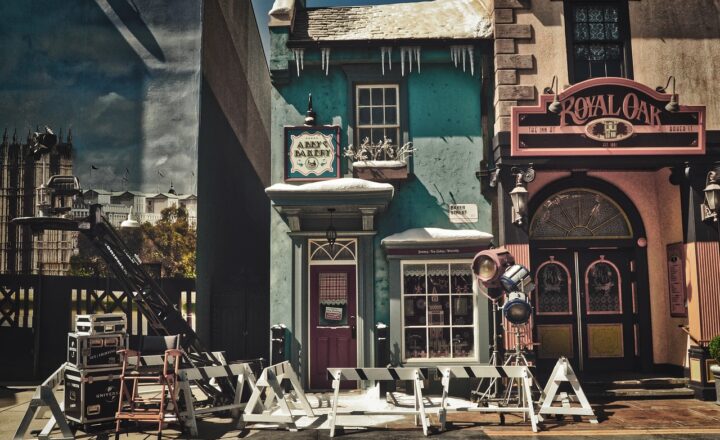
Movies have always been a fascinating realm where imagination meets storytelling, technology, and art. The incredible stories we watch unfold on the big screen are not just the result of great acting and writing; they’re also products of complex processes involving various professionals. From the initial concept to the final cut, countless hours and collaborative efforts are poured into creating cinema magic. In this article, we will take you on a journey behind the scenes to uncover how movies are made and what really happens to bring your favorite films to life.
1. The Pre-Production Process: Laying the Groundwork
Before cameras start rolling, there’s a crucial phase called pre-production that lays the foundation for the entire film. During this phase, the script is written, and decisions about the budget, casting, filming locations, and production teams are made.
– Script Development: It all begins with an idea, which is then transformed into a screenplay. This script outlines the dialogue, setting, and actions of characters. Screenwriters often go through multiple drafts before reaching a final version.
– Casting: Once the script is ready, the casting process begins. Casting directors audition actors to find the right fit for each role. Sometimes, iconic actors are cast, but lesser-known talent can surprise audiences and critics alike.
– Budgeting and Financing: Every film has a budget that dictates how much can be spent on various aspects of production. Producers seek financing from studios, investors, or grants to cover costs ranging from set construction to post-production.
– Location Scouting: The perfect setting enhances storytelling. Location scouts travel to find aesthetically pleasing and logistically sound places to film. Sometimes, producers even create elaborate sets to accommodate the director’s vision.
This stage is crucial because it sets the tone and style of the film, ensuring everything that follows is aligned with the director’s vision.
2. Production: Lights, Camera, Action!
The production phase is where the magic truly happens. This is when the film is actually shot. It involves the entire crew working together to bring the script to life.
– The Film Crew: A film crew consists of various professionals, including a director, producers, cinematographers, camera operators, sound engineers, and art department personnel. Each plays a vital role in translating the script into visuals.
– Filming Techniques: Filmmakers employ various techniques like multiple camera angles, lighting adjustments, and different shot types (close-ups, wide shots, etc.) to enhance the storytelling. Creative camera movements also add dynamism to scenes.
– Production Design: The art department works tirelessly to construct sets, create props, and design costumes that align with the film’s theme and time period. Attention to detail in these elements can transport viewers into the world of the film.
– Sound & Music: While dialogue is captured on set, sound designers will later layer in sound effects and music to amplify emotions and immerse viewers in the film’s atmosphere. Composers create original scores that resonate with the film’s emotional arc.
Production can take weeks or even months, involving long hours and a flexible schedule to accommodate the unpredictable nature of film shoots. This teamwork is essential in creating the narrative flow of the movie.
3. Post-Production: Polishing the Final Product
After the final shot has been captured, the film enters post-production, where all elements are assembled and refined.
– Editing: Editors play an essential role in shaping the film’s narrative. They sift through hundreds of hours of footage to select the best takes, ensuring the story flows seamlessly. This phase enhances pacing, timing, and the overall impact of the narrative.
– Visual Effects (VFX): Many movies enhance their shots with CGI (computer-generated imagery) and visual effects. VFX artists create stunning visuals that wouldn’t be possible using practical effects alone, from fantastical environments to explosive action sequences.
– Color Grading: Colorists fine-tune the film’s color palette to create a cohesive look, ensuring that visual tones match the film’s atmosphere. This gives the film its unique aesthetic and mood.
– Sound Design and Mixing: Sound designers create a rich audio landscape that includes foley (the creation of post-synchronized sound effects), sound mixing, and the final score, blending all elements to enhance immersion.
The culmination of post-production ultimately defines the film’s final form, transforming raw footage into a polished masterpiece ready for audiences.
4. Marketing and Distribution: Reaching Audiences
Once the final cut is approved, the marketing team steps in to promote the film. They develop strategic marketing campaigns to build anticipation and attract audiences to theaters.
– Trailers and Teasers: Short trailers create excitement, showcasing highlights from the film without giving too much away. Teasers spark curiosity and encourage conversations about the movie before its release.
– Social Media Campaigns: In today’s digital first world, social media platforms are crucial for marketing. Studios engage potential viewers through sneak peeks, interviews, posters, and contests to create buzz around the film.
– Film Festivals: Many films are premiered at film festivals, where they can be critically reviewed, gaining exposure and building momentum. Festivals also attract industry professionals and influencers, paving the way for distribution deals.
– Distribution Strategies: Distribution involves negotiation with theater chains, streaming platforms, and television networks to ensure the film reaches its intended audience. Whether theatrical release, DVD sales, or streaming services, these deals determine how and when viewers can access the film.
Successfully merging creativity with strategic marketing ensures that the film resonates with audiences worldwide, optimizing its box office potential.
Conclusion: The Symphony of Collaboration
From the first script draft to the final marketing phase, creating a film involves a vast network of talent and creative minds working hand in hand. Each individual plays a specific role in crafting the final cut, transforming ideas into visual stories that touch our hearts and spark our imaginations. The next time you watch a movie, remember the intricate processes that go behind the scenes to create the magic you enjoy on screen. Understanding this collaborative effort brings a new appreciation for the art of filmmaking and the stories that inspire us all.
Whether it’s a blockbuster action flick or an indie drama, every film is a testament to the creativity and dedication of those who make it happen. So, grab your popcorn and enjoy the movie magic!







